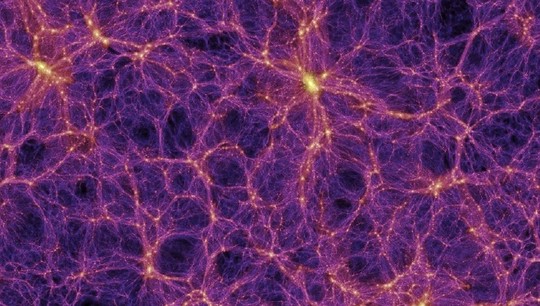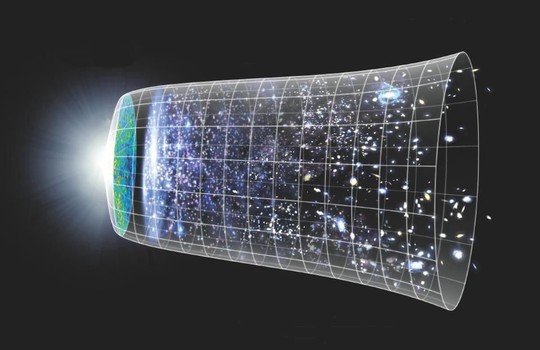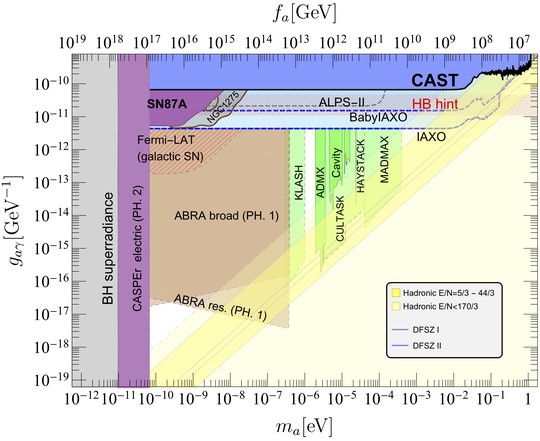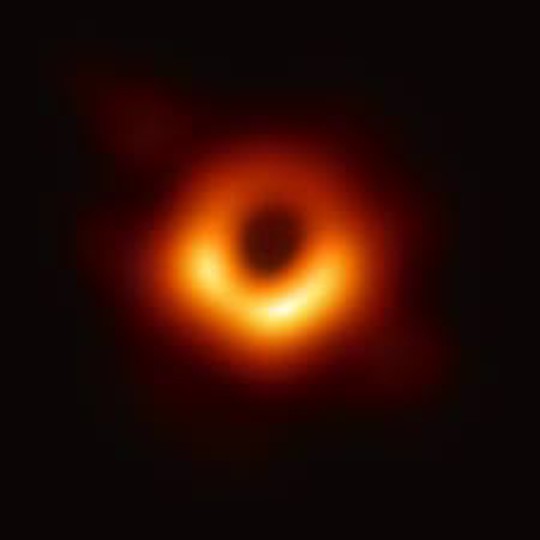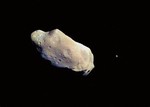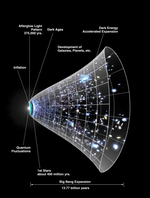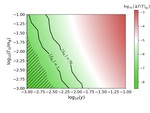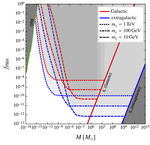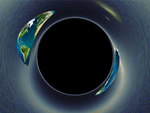Biography
I am an Assistant Professor of physics at Università degli Studi di Salerno (Italy) since March 2025. I previously held a tenure-track fellowship at the Tsung-Dao Lee Institute (China), was a “Fellini” Marie Skłodowska-Curie Fellow at the National Institute of Nuclear Physics (INFN) (Italy), a Fellow at the Gravitation, AstroParticle Physics Amsterdam (GRAPPA) (Netherlands), and a postdoctoral researcher at NORDITA in Stockholm (Sweden). I graduated from The University of Utah in Salt Lake City, UT (USA).
My research spans various topics in particle astrophysics, dark matter, dark energy, and black holes. I have focused particularly on the axion as a dark matter candidate, for which I co-wrote a review on Physics Report in 2020. I also collaborated on an influential paper on the Hubble tension in 2021.
In 2023, I was awarded a Research Fund For International Scientists grant by the National Science Foundation of China for the project “Astrophysical Axion Laboratories”. In 2022, I was co-recipient of the prestigious Buchalter Cosmology Prize for “opening new, unforeseen vistas for the scientific scope of direct detection dark matter experiments”.
My h-index is 47 according to Inspire-HEP, and my Erdös number is 4.
Interests
- Particle Astrophysics
- Dark Matter modeling
- Black Holes signatures (shadows, gravitational waves)
Education
PhD in Physics, 2011
The University of Utah
MSc in Physics, 2011
The University of Utah
BSc in Physics, 2007
University of Bologna, Italy
